
views
Opening Activity Monitor

Click on the Applications folder, then click on “Utilities.”
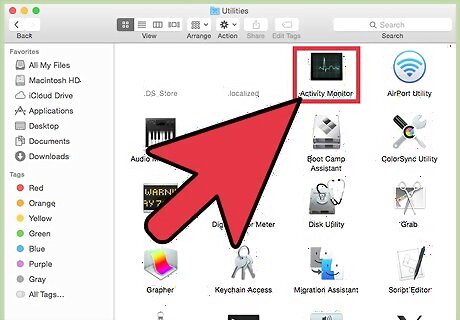
Click on “Activity Monitor.” The Activity Monitor will display on-screen and display the list of active processes.
Using Activity Monitor
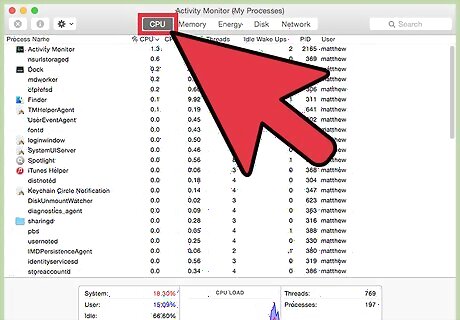
Click on the “CPU” column near the top of Activity Monitor to sort processes by CPU and determine which processes are consuming the highest amount of resources. This can be helpful if your computer is running slow, and you want to identify one or more applications slowing down your computer.
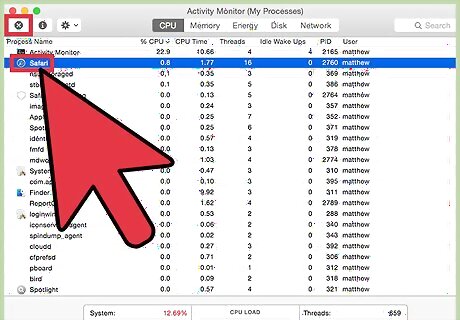
Click on the process name you want ended, then click on “Quit Process.” That particular process or application will close and free up CPU on your computer. For example, if you downloaded a third-party application that continues to run in the background, consider ending that particular process to free up CPU. Select the option to “Force Quit” any processes that are unresponsive or won’t close after selecting “Quit.” Applications that are looping, unresponsive, or taking an excessive amount of time to load may need to be closed using the “Force Quit” option.
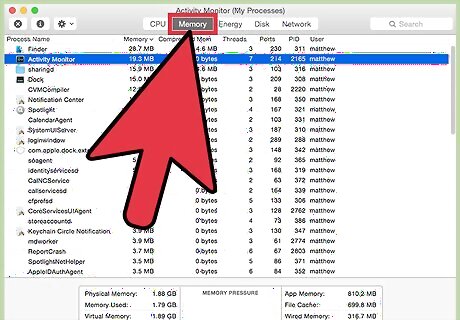
Click on the “Memory” or “System Memory” tab to view information about the amount of memory being used on your computer. The Memory tab will display your computer’s allotments of free memory, and is useful for determining whether you need to install more RAM to improve speed and efficiency. If there is little to no memory next to “Free,” or any values displayed next to “Swap Used,” you may want to consider purchasing more RAM for your computer. These signs indicate that your computer is out of physical memory and is using a portion of the hard drive for temporary storage -- leading to longer wait times.
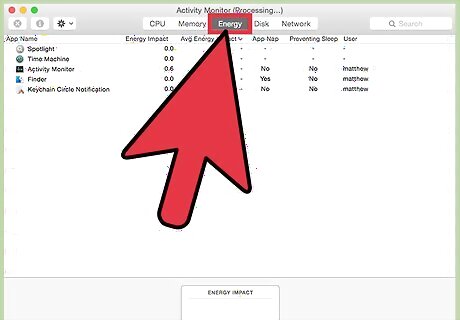
Click on the “Energy” tab to see an overview of your computer’s overall energy use, as well as the amount of energy being used by each application. The Energy tab will also display information about your computer’s battery life.

Click on the “Disk” tab to view total disk activity across all processes, as well as the amount of data each process has read from and written to your disk.
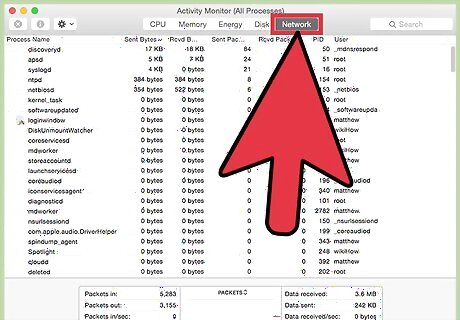
Click on the “Network” tab to view the amount of data your Mac is sending and receiving over your network. The Network tab can be useful for identifying the processes sending and receiving the most data on your computer.












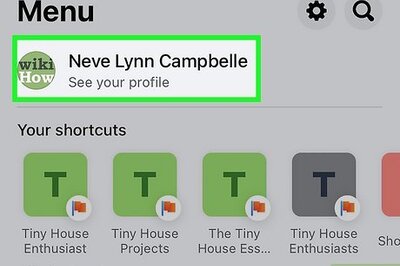






Comments
0 comment